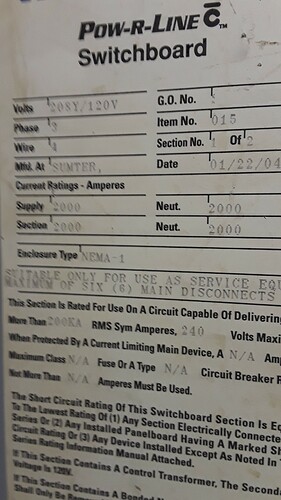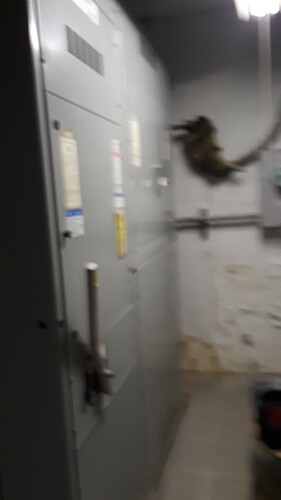I am working on sorting out all the electrical bits in my Church and found that they pay as much in Demand Charges as they do in energy use.
About 7 cent a kWh and about $30 for Demand Charges.
If you don’t know Demand Charges are based on the highest use in any 15 minute slice of time in the 30 day period.
At first thought, read each of 3 phases every 5 seconds, average the last 30 seconds, then save that to a circular buffer. That buffer would hold 30 readings per phase. (3 buffers?)
I would then be able to sum the buffer to determine the consumption over the last 15 minutes.
If that approached some threshold, then I would want to start load shedding.
turning off water heaters, or HVAC equipment, etc.
I’v not seen much actual discussion on this topic and figured I introduce myself with a bang.
I am hoping the ESP32 version is available now as that is the one I would like to work with due to the dual cores. or even an STM32 ?
I am VERY leery about the ESP’s in general, with their inability to reject WiFi commands right out of the box. Can you say STUXNET in Chinese ?
To round it out, no wifi, all hardwired LAN.
oh, did I mention the main disconnect is 208 volts, 2,000 amps ?
The wires on the 400 amp disconnects are too large for the blue CT’s I have for 100 amp loads. but, just by a smidge.

